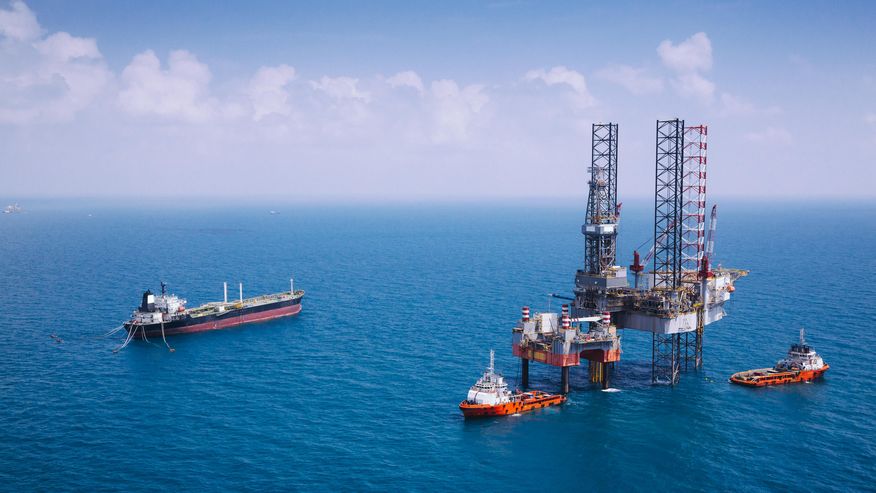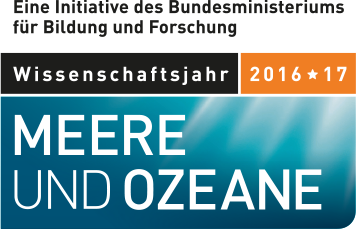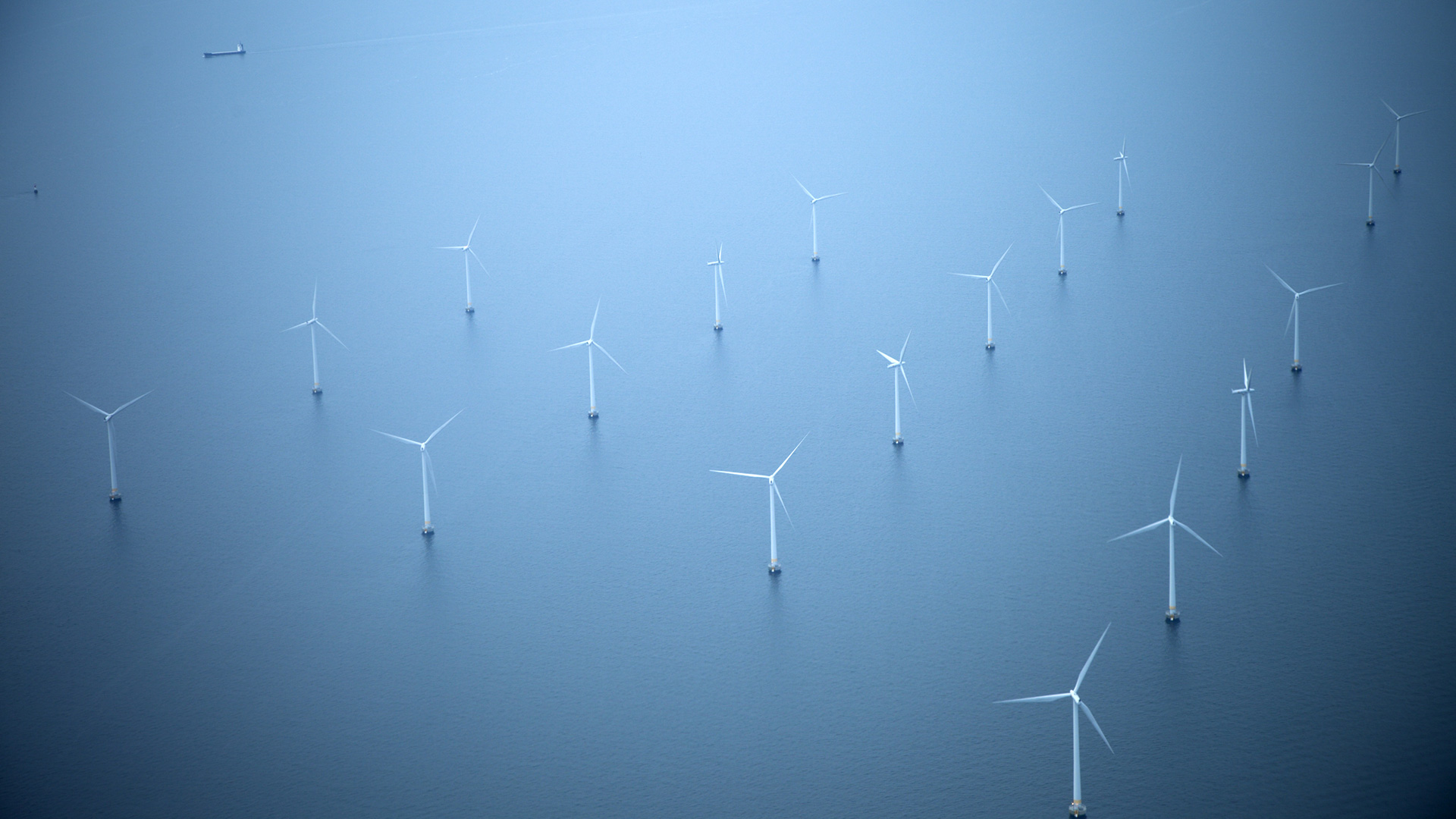A Source of Raw Materials and Energy
What started with petroleum and natural gas 100 years ago is now about to continue with ores and other metallic minerals. We humans are exploring ever greater depths of the seas and the ocean habitat in order to meet the demand for raw materials and energy.

High-tech electronic devices such as smartphones, flat screens and hybrid cars rely on various rare metals. However, land deposits of some metals and minerals are becoming increasingly scarce. Marine researchers are therefore exploring the possibilities of mining polymetallic nodules, cobalt crusts, massive sulphide deposits and other mineral deposits at depths of up to 6,500 metres.
Reserves cover Germany's demand for the next decades
The ocean, a source of raw materials. Polymetallic or manganese nodules look like burnt heads of cauliflower. They cover huge areas of the floor of the Pacific and Indian Oceans and contain manganese, nickel and many other metals of strategic economic importance. But how can these resources be exploited without inflicting long-term damage on the environment? And who is allowed to exploit them? These and many other questions still have to be answered. The exploration of the ocean as a source of raw materials is currently at the pioneering stage. It remains unclear whether and when industrial extraction can begin.
In order to prevent deep-sea mining from becoming a race for the richest deposits, the International Seabed Authority (ISA) regulates the exploitation of raw materials in international waters and is currently drafting a Mining Code for environmentally sustainable marine mining. The Authority, which is based in Jamaica, grants exploitation licences for areas where raw materials may be explored. One such licence was granted, for example, to the Federal Institute for Geosciences and Natural Resources (BGR) in Hanover.
German marine scientists have been exploring two areas in the Pacific covering about 75,000 square metres or roughly the size of the German state of Bavaria since 2006. Reserves of Polymetallic nodules in the German area are estimated at around one billion tons. Just a fraction of these stocks would satisfy Germany's demand for decades to come. Accompanying environmental studies are investigating the long-term impact of mining polymetallic nodules on the deep sea, applying the highest standards of environmental protection. Initial pilot studies reveal: The seabed fauna has still not recovered even 25 years after the extraction of polymetallic nodules.
Asian countries want to extract methane hydrate
The ocean is an enormous source of energy and there is a great interest in extracting methane hydrate in the deep sea. Most of the deposits can be found within the coastal states' 200 nautical mile Exclusive Economic Zone. Japan, India, South Korea and China are currently investing heavily in exploring possibilities to exploit these reserves at sea. Japan and South Korea are among the world's biggest net gas importers and could produce natural gas from methane hydrates, making their countries less dependent on imports from countries like Russia.
But while natural gas reserves can still satisfy the demand for this century, petroleum might be the first fossil resource to become depleted. This is why industry is tapping sources at ever greater depths. Environmental activists are pointing to the increasing risk of accidents the deeper the reserves at sea and under the seabed.
The seas and oceans can also be used to produce energy from renewable sources. Germany is building numerous offshore wind farms to increase the share of renewable energy sources in the country's energy mix. Nevertheless, the production of energy from renewable sources also needs to take environmental aspects into account such as the impact on the habitats of marine mammals and seabirds.


